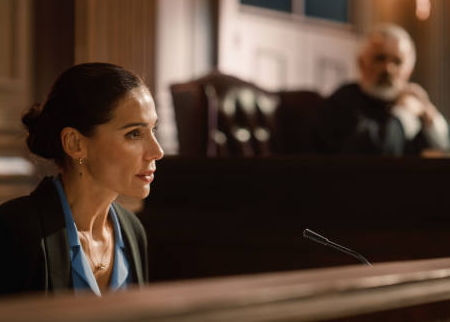Telling Your Story Step-by-Step: Timeline Focus Groups
- admin118466
- Jun 11
- 2 min read
In the courtroom, a clear and compelling narrative is crucial for connecting with the jury. One powerful tool for crafting and testing that narrative is the Timeline Focus Group.
Unlike traditional focus groups that might jump between different aspects of a case, a timeline focus group specifically guides participants through the events in chronological order. By presenting the facts and evidence as they unfolded, you can gain invaluable insights into how jurors perceive the sequence of events, identify critical turning points, and understand the overall flow of the story.
Why focus on the timeline?
Enhanced Comprehension: Humans naturally process information in a linear fashion. Presenting the case chronologically can significantly improve juror understanding and retention of the facts.
Identifying Key Moments: As jurors follow the timeline, certain events or pieces of evidence will inevitably stand out. This helps pinpoint the moments that are most impactful, persuasive, or potentially confusing.
Testing Causation and Consequence: By seeing the sequence of events, jurors can better assess the causal links between actions and outcomes, a critical element in many legal cases.
Revealing Narrative Gaps: A timeline approach can expose holes or inconsistencies in your narrative that might not be apparent when focusing on individual elements in isolation.
Understanding Emotional Arcs: As the story unfolds chronologically, you can observe how jurors' emotions and perceptions shift, allowing you to fine-tune the emotional impact of your presentation.
A Timeline Legal Focus Group typically involves presenting the key events of the case in order, often using visual aids like timelines, documents, or brief summaries for each stage. Participants then discuss their impressions, focusing on their understanding of the sequence, the credibility of different actors, and the overall impact of the unfolding events.
By understanding how jurors react to the chronological progression of your case, you can build a more coherent, persuasive, and ultimately successful narrative for trial. It's about guiding the jury through the story in a way that resonates and leads them to the desired conclusion.



